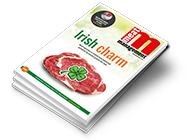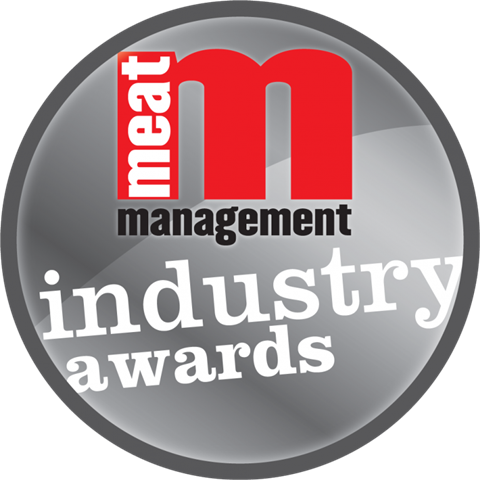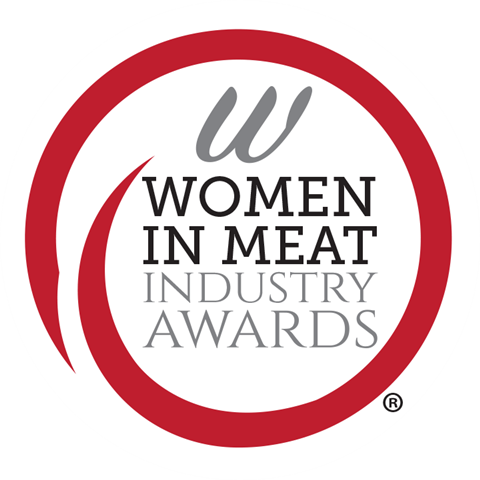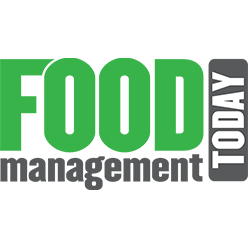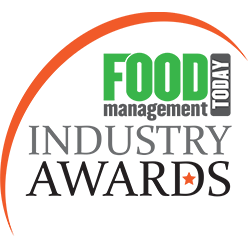Quality Meat Scotland (QMS) has revealed that market prices for beef, sheep and pigs have stayed “well above” the five-year average.

Prime cattle prices continued trending higher throughout April, though momentum eased around Easter as competition for cattle softened during the shorter working weeks.
In Ireland, prices fell back slightly at Easter following a sharp surge through March and early April, which had happened despite a strong year-on-year kill increase. Cow prices also saw a stronger-than-usual seasonal uplift in early 2025, staying closer to prime cattle prices than typical for the time of year. QMS said this highlighted a “tight manufacturing beef market”.
Store cattle prices have firmed in line with the finished beef trade, though per-head values stabilised through April’s peak spring selling period. While the 2024 calf crop was smaller, auction volumes so far in 2025 have been slightly higher.
Defra figures showed a “more significant” year-on-year fall in GB prime cattle slaughter in Q1 than deadweight price trends alone would suggest. However, this was partly offset by elevated heifer slaughter.
UK beef supply increased by 4% in 2024 without pulling prices down, which highlighted strong demand. A tighter market balance seen in early 2025 - driven by lower domestic production, reduced net imports, and increased consumer spending - has underpinned firmer prices, said QMS.
Data from BCMS in January suggested that Scottish cattle supplies were “likely to tighten more significantly” in the second half of 2025, as the pool of older cattle is worked through and smaller 2023–2024 calf crops feed into the market. In the long term, declining herd numbers in 2024 point to reduced production into 2026 and beyond, raising concern given strong market signals and the growing population.
Sheep prices could gain a short-term boost during Eid-al-Adha
Increased hogg carryover, heavier carcases and softer demand added downward pressure to lamb prices in April. QMS stated that prices had remained “historically firm” - more than 10% above the five-year average at month’s end. Early May data indicated prices had fallen by around 10% for hoggs and 5% for new season lambs.
Auction throughput in Scotland was up 3% in the first third of 2025 versus a year earlier. A later Easter drove a spike in April numbers, which QMS found have since fallen back but remain “well above” 2024 levels. Throughput is expected to decline seasonally through May and June, though it may continue tracking ahead of last year.
Retail sales data from Kantar showed lamb spending declined over winter, compared with a strong 2023/24 period, as higher retail prices weighed on demand. However, it was observed that Eid al-Adha moving earlier this year (6th-10th June) could provide a short-term demand boost.
QMS found that France had continued to offer “attractive wholesale pricing” for imported lamb. Though volumes fell year-on-year in early 2025, they increased as a share of domestic production. Imports of Australian and New Zealand lamb surged to a seven-year high in the first two months of 2025, helped by competitive pricing - even amid reduced NZ production and a nearing cyclical peak in Australia.
Pig market picks up after 2024 decline
Pig prices followed a normal seasonal trend in 2025, inching higher since February as slaughter availability dropped back from winter peaks. After an unusual downwards trend in spring/summer 2024, the slight uptick in recent weeks has seen the year-on-year decline narrow, and we could see annual increases return by summer if seasonal trends continue. Prices remained 15–20% above the five-year average and slightly above estimated production costs.
Defra data showed a 4.5% increase in GB pig slaughter in Q1, building on a 2% rise in 2024. This aligned with December census results showing more slaughter pigs in England. Larger carcase weights further increased production. However, total kills were still below the five-year average.
Scottish pig numbers sent for slaughter fell slightly in Q1 2025, but the Scottish abattoir kill rose nearly 6% year-on-year, indicating “strong market conditions”. After a March dip, weekly abattoir kills rebounded in April.
UK pigmeat supply rose 4% in 2024 and expanded further in early 2025, with production up and import/export volumes “largely steady”. This, alongside stable prices, points to underlying demand strength, QMS stated.
Although EU pig prices rose faster than GB’s this spring, they remained 15–20% lower in April and did not pull GB prices down. The USDA now forecasts stable global pigmeat supply in 2025, with Chinese output matching 2024 levels. QMS found that as major pork suppliers to China, the UK and EU could benefit if US pork shipments to China drop.
Cost pressures for red meat businesses
Commodity prices remain high relative to pre-Covid levels, sustaining cost pressures for red meat businesses. However, a weaker US dollar could ease input costs later in the year. Average earnings growth of 5–6% over winter has outpaced inflation, supporting disposable incomes.
Meat retail performance remains firm, with rising spending offset by accelerating inflation. Lamb has made a softer start to the year following a strong 2024, with some signs of consumer resistance to further price hikes.
While business surveys indicated “weak demand” and some job cuts in the private sector, data from the Office for National Statistics (ONS) showed employment levels remain steady, with “little sign of a slowdown in pay growth”. Consumer confidence dipped in April amid financial market volatility and broader economic concerns, though views on personal finances remain more balanced.
